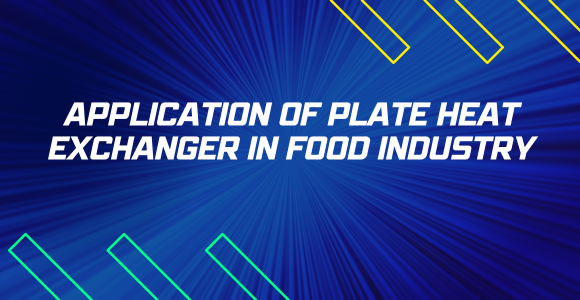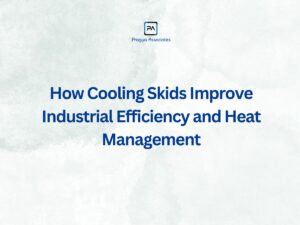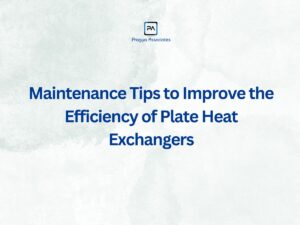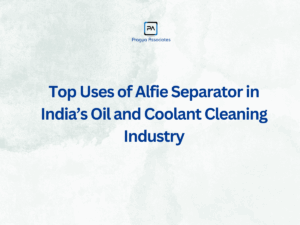A plate heat exchanger is a device that transfers heat between two fluids through a series of metal plates. These plates are stacked together, and the hot and cold fluids flow through alternate channels in the plates. The heat from the hot fluid is transferred to the cold fluid, and both fluids exit the exchanger at their respective temperatures.
Plate Heat Exchangers in the Food Industry
Plate heat exchangers are widely used in the food industry for various applications such as heating, cooling, pasteurization, and sterilization. They are ideal for processing food products such as milk, juices, beer, and sauces. Plate heat exchangers are suitable for the food industry due to the following reasons:
Types of Plate Heat Exchangers Used in the Food Industry
There are several types of plate heat exchangers used in the food industry, such as:
- Gasketed Plate Heat Exchangers: These are the most common plate heat exchangers used in the food industry. They are easy to install and maintain and can handle various fluids and temperatures.
- Brazed Plate Heat Exchangers: These are compact and efficient plate heat exchangers used for low to medium-duty applications in the food industry.
- Welded Plate Heat Exchangers: These are suitable for high-pressure and high-temperature applications in the food industry, such as pasteurization and sterilization.
Advantages of Plate Heat Exchanger in the Food Industry
The advantages of using a plate heat exchanger in the food industry include the following:
- Energy Efficiency: Plate heat exchangers have a high heat transfer coefficient, which results in energy savings and reduced operating costs.
- Better Heat Transfer: Plate heat exchangers provide better heat transfer than traditional shell and tube heat exchangers, resulting in faster processing and higher productivity.
- Hygienic: Plate heat exchangers are designed for easy cleaning and maintenance, ensuring high hygiene in the food industry.
- Reduced Maintenance Costs: Plate heat exchangers require minimal maintenance, reducing downtime and maintenance costs.
Cleaning and Maintenance of Plate Heat Exchangers in the Food Industry
Proper cleaning and maintenance of plate heat exchangers are essential to ensure efficient operation in the food industry. Some cleaning and maintenance tips include:
- Regularly inspecting the plate heat exchanger for any signs of fouling, corrosion, or damage.
- Cleaning the heat exchanger with suitable cleaning agents and methods.
- Replacing damaged or worn-out gaskets and plates to maintain the heat exchanger’s performance.
Plate Heat Exchanger Installation for Food Processing
Proper installation of a plate heat exchanger is critical to ensure efficient operation in the food industry. Some installation tips include:
- Choosing the right plate heat exchanger type suitable for the food product and processing requirements.
- Properly designing the heat exchanger system to ensure efficient operation.
- Ensuring proper installation of the heat exchanger and its components.
Plate heat exchangers are an essential component of the food industry, providing efficient heat transfer and improved productivity. Pragya Associates, as an authorized distributor of Alfa Laval India Pvt. Ltd offers various plate heat exchangers suitable for the food industry. Proper cleaning and descaling, maintenance, and installation of plate heat exchangers can ensure efficient operation and longevity in the food industry. Contact Pragya Associates today for your plate heat exchanger needs and experience the benefits they offer for your food processing operations.




